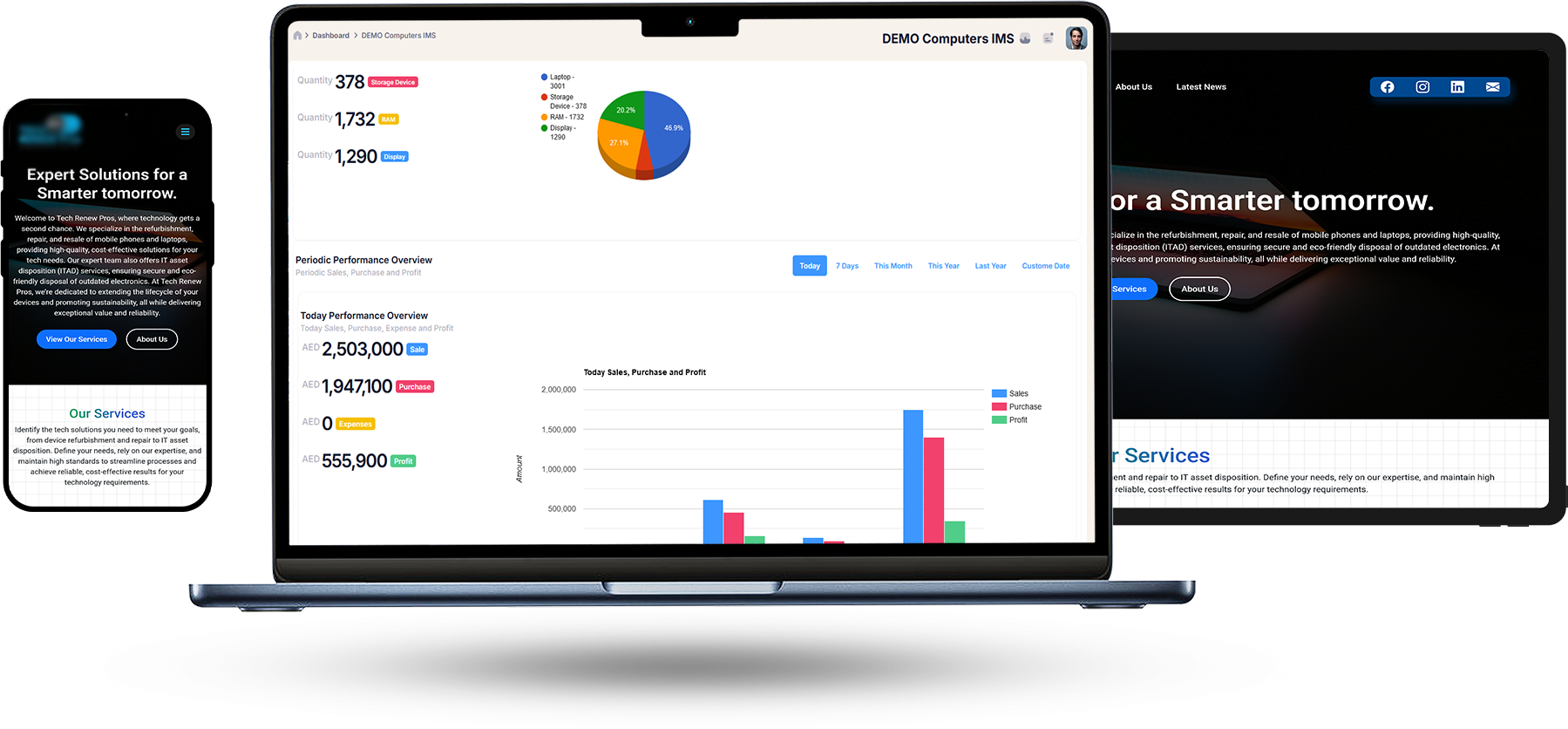Inventory Management System
An Inventory Management System (IMS) is a tool that helps businesses keep track of their stock, orders, and sales. It shows how much inventory is available in real time, helps avoid running out of products or having too much, and can even automatically reorder items when needed. By working with other systems like sales or supply chain tools, it makes operations smoother, saves money, and ensures customers get what they want. It can also include features like barcode scanning and reports to help businesses make smarter decisions.
